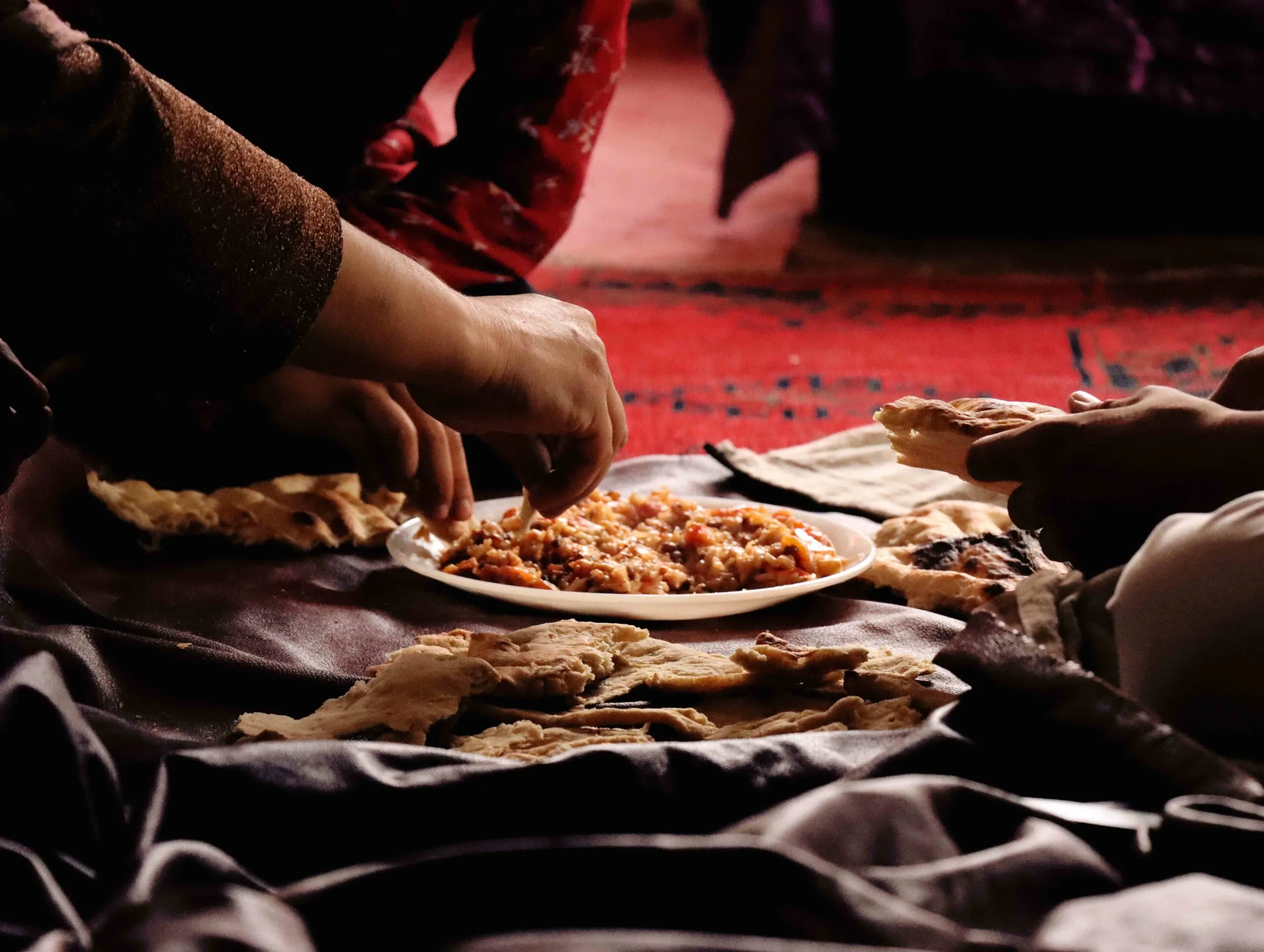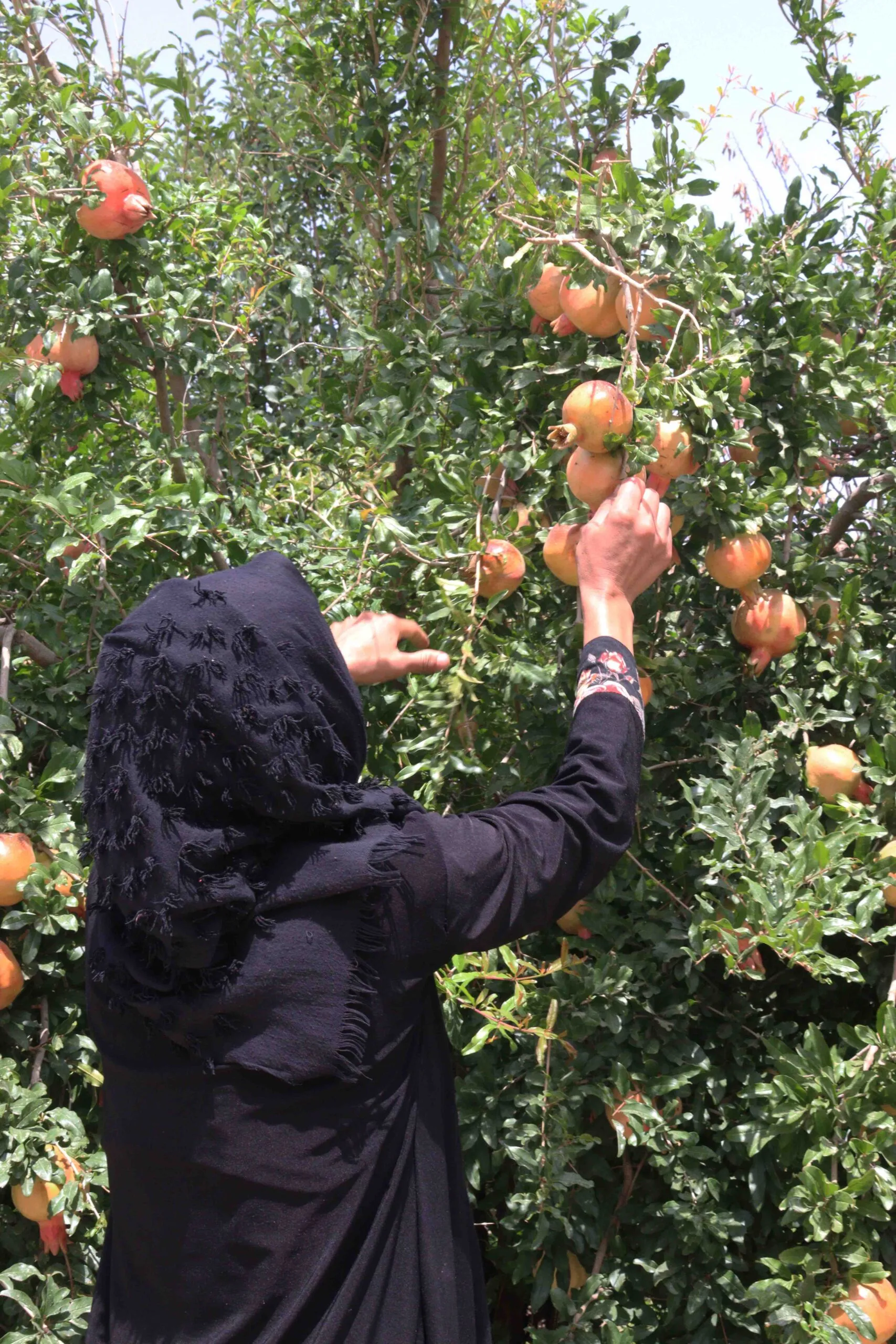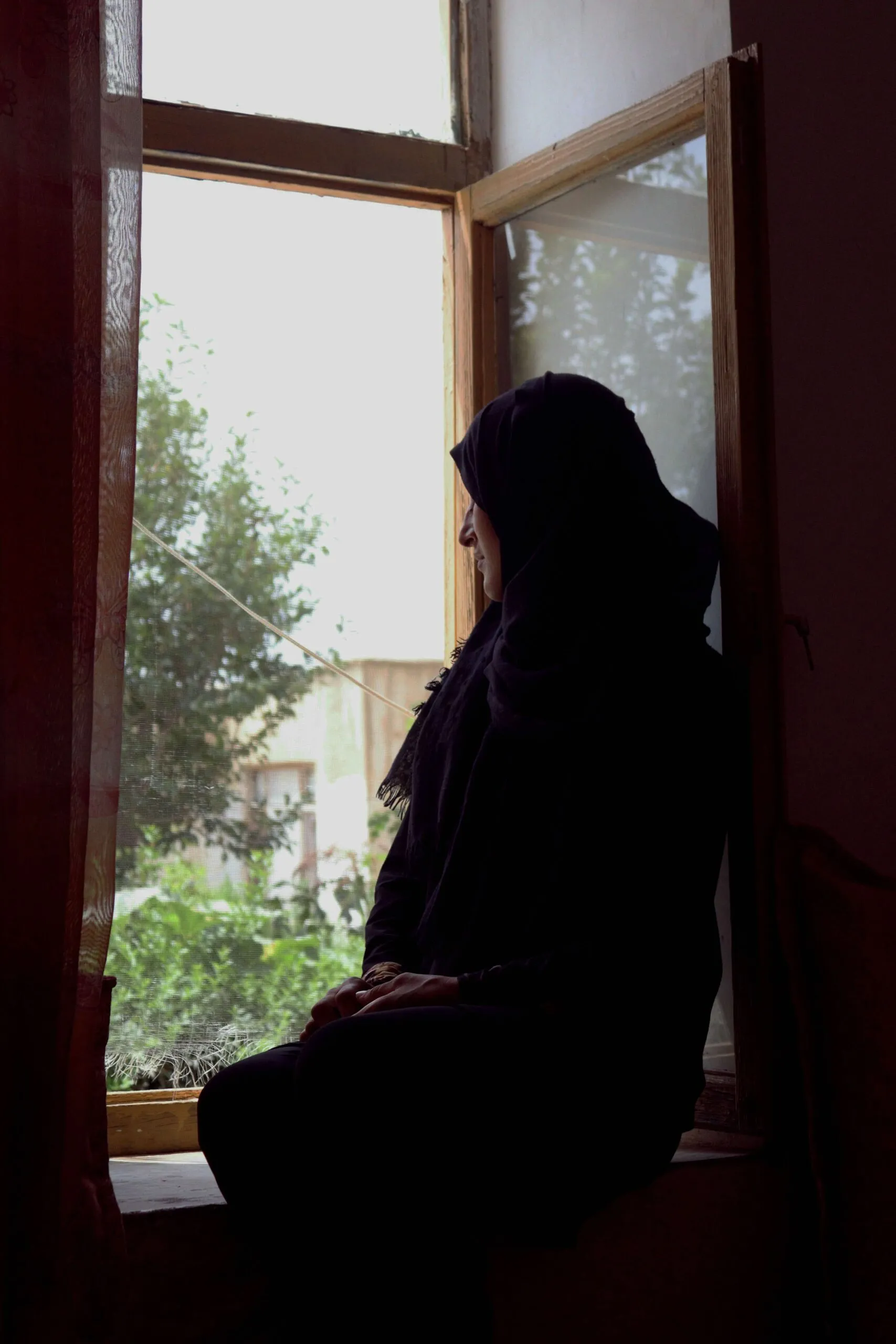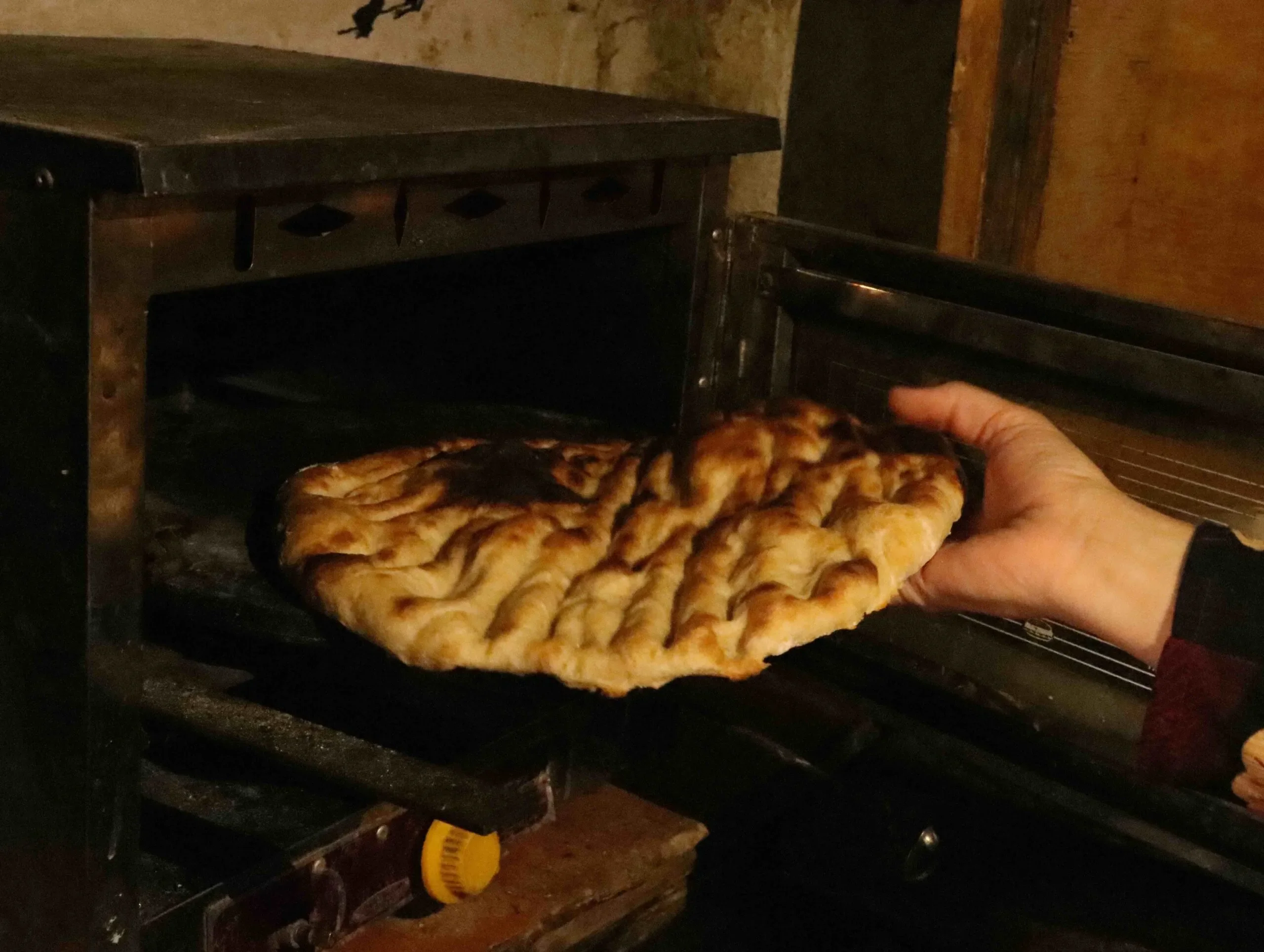Afghanistan is facing a hunger crisis. Pre-existing food insecurity has been exacerbated by political upheaval and the resulting economic and financial crises, which have driven humanitarian needs in the country to unprecedented levels. Now Afghanistan has the highest number of people experiencing emergency levels (IPC 4) of food insecurity in the world and over half the country requires humanitarian assistance to survive, a 30% increase from last year.
On top of this, after decades of conflict, in 2021 Afghanistan faced the worst drought in 30 years, which significantly impacted the agricultural and livestock sectors.
This is a reality faced by many other countries in the throes of humanitarian crisis as climate change, conflict, and COVID-19 converge to create crisis level food insecurity for millions worldwide.
CARE knows women and girls in humanitarian settings often eat last and least when food is scarce, and undernourishment can have a lasting impact on future generations. Household tension and financial strain associated with food insecurity also increases women and children’s vulnerability to multiple forms of violence including intimate partner violence and child, early, and forced marriage.
In Afghanistan, gender inequality has meant women and girls are among the most marginalized and vulnerable individuals in the country and face higher constraints in accessing resources and services.
CARE’s new study on the impact of the food crisis on women and girls in Afghanistan examines how women and girls are affected by food insecurity; inequality in the distribution of food within households; negative coping behaviors; and their experiences receiving and delivering aid. A preliminary overview of the key findings and recommendations can be found here.




